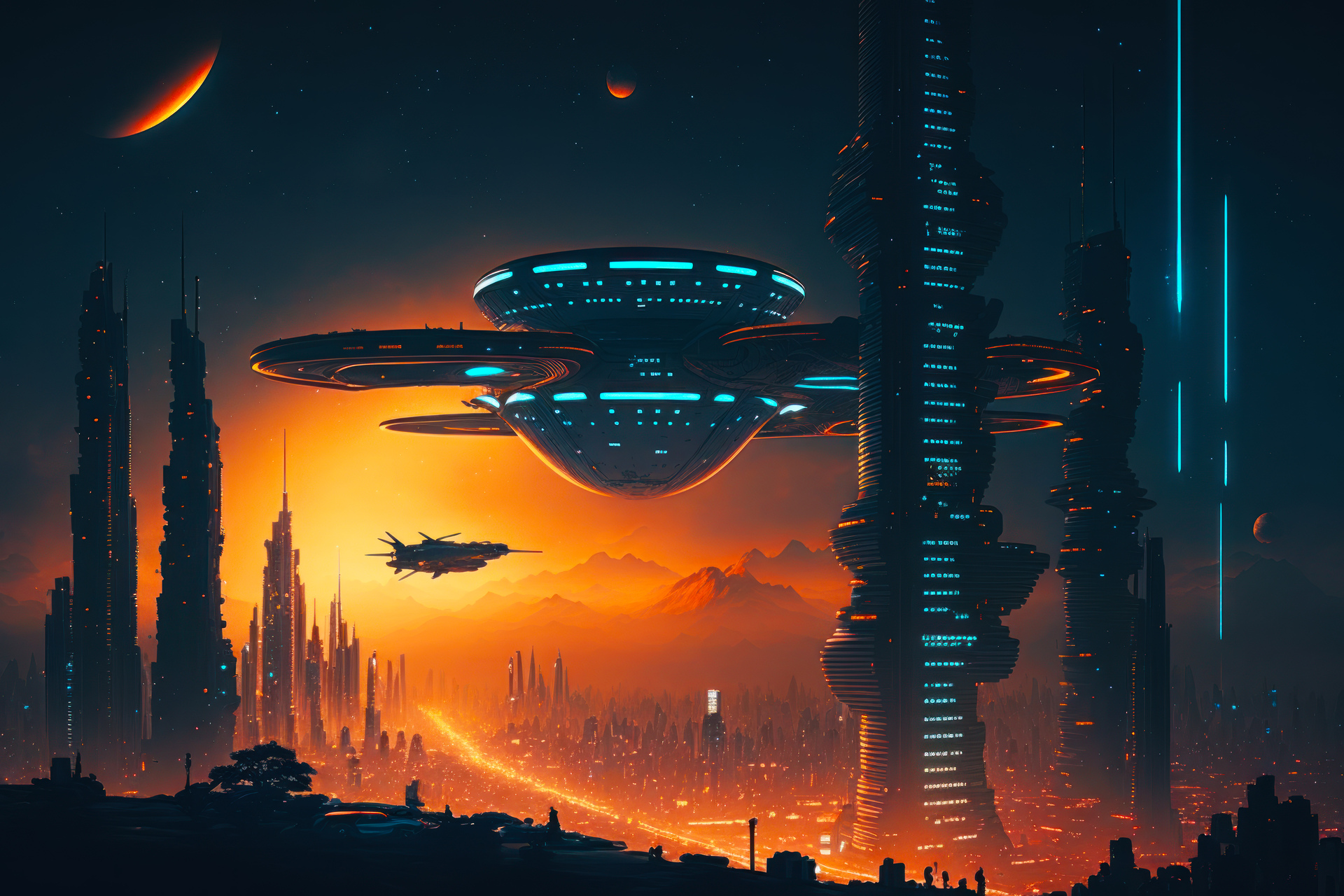
What's the furthest into the future a sci-fi story has gone?
This is a question that not many people might not ponder, what’s the furthest into the future a sci-fi story has gone? The below examples demonstrate the remarkable capacity of science fiction to stretch the limits of imagination and thought, offering glimpses into futures that extend billions of years or more, and inviting readers to contemplate the unfathomable potential of time and evolution.
Liu Cixin’s “The Dark Forest,” part of the “Three-Body Problem” trilogy, published between 2008 and 2010, takes readers on a journey into the distant future where humanity faces the impending threat of an advanced alien civilization. Spanning thousands of years, the series grapples with the challenges of interstellar communication, cosmic strategies, and the survival of civilizations on a galactic scale. The trilogy’s exploration of the Fermi Paradox and its engagement with the profound implications of contact with extraterrestrial life make it a testament to the genre’s ability to grapple with vast temporal horizons.
Alastair Reynolds’ “House of Suns,” published in 2008, transports readers to a universe populated by a unique group of beings called “shatterlings.” These long-lived individuals travel the cosmos in giant starships, hibernating for vast stretches of time and awakening to witness the unfolding of civilizations over millions of years. Reynolds’ intricate world-building and exploration of deep time make “House of Suns” a standout in envisioning the far future.
Greg Egan’s novel “Diaspora,” published in 1997, introduces readers to post-human entities known as “polises” – digital consciousnesses that exist in a universe far removed from our own. Spanning over thousands of years, the story delves into the intricate lives, relationships, and challenges faced by these entities as they explore the cosmos, challenging traditional notions of existence and evolution.
What’s the furthest into the future a sci-fi story has gone?
Isaac Asimov’s “The Last Question,” a short story published in 1956. This narrative propels readers billions of years into the future, depicting the gradual merging of humanity with advanced technology and the eventual dissolution of the universe itself. Asimov’s exploration of cosmic timescales and the ultimate destiny of intelligent life showcases his unparalleled ability to tackle profound concepts within a succinct narrative.
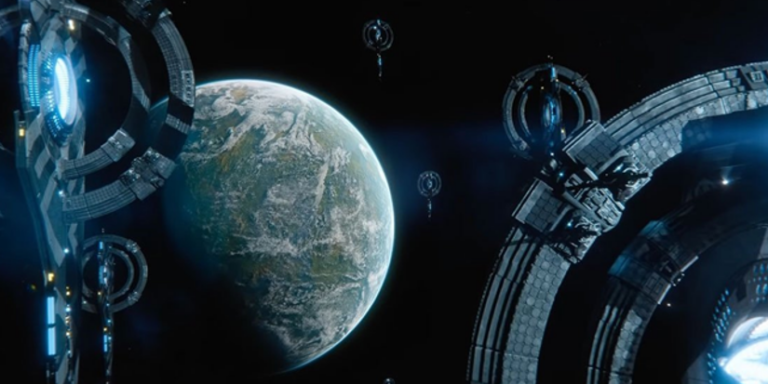
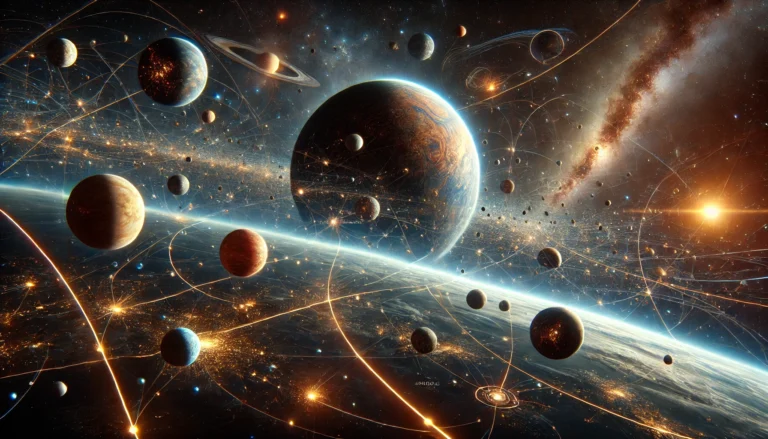

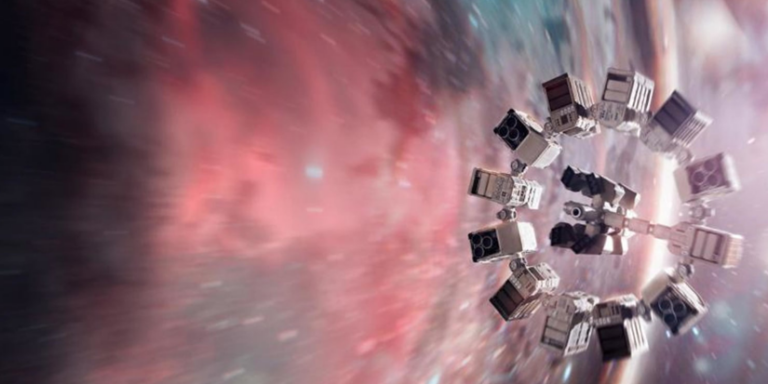
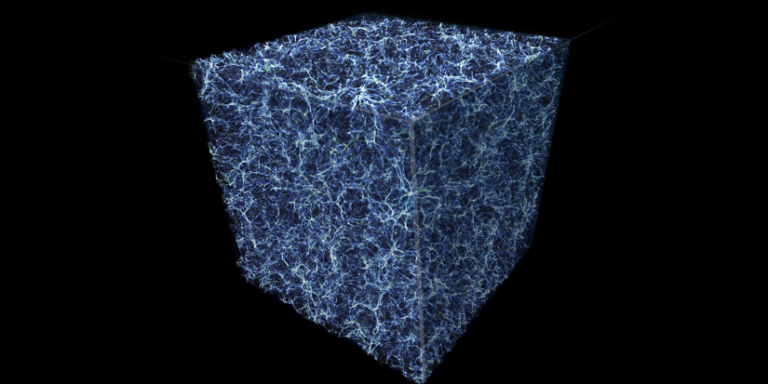

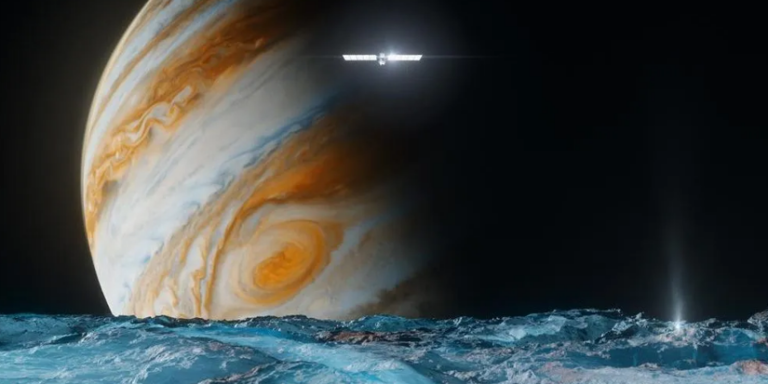
What about All Tomorrows?